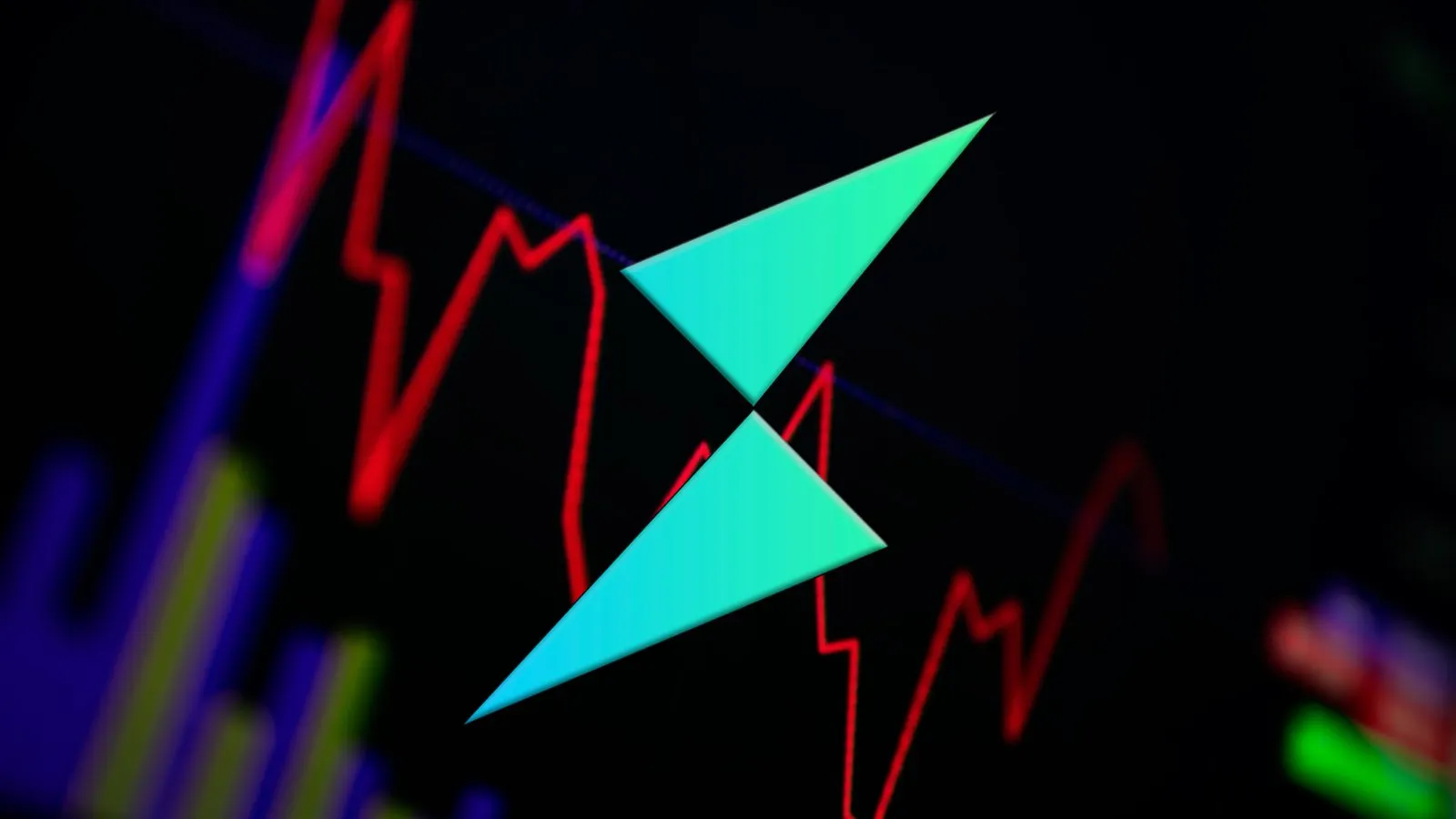The decentralized, cross-chain liquidity protocol Thorchain paused its savers and lending programs Thursday, preventing ThorFi users from being able to withdraw Bitcoin, Ethereum, and other crypto assets from the embattled services.
Roughly $111 million worth of digital assets has been borrowed through Thorchain’s protocol, and $98 million worth of crypto is currently locked in savers vaults. That amount from depositors includes $57 million worth of Bitcoin and $16 million worth of Ethereum, per a Thorchain dashboard.
The problem is anyone who currently has money in ThorFi can’t get it out, as the network faces a $200 million insolvency. Thorchain network operators have frozen these funds in an attempt to prevent a disaster scenario for the DeFi protocol. Dragonfly Capital managing partner likened the move to a “bankruptcy freeze,” calling it the “first on-chain restructuring.”
The decision was established “via nodes,” according to Thorchain founder JP Thorbjornsen, who said on X that the move gave Thorchain’s community 90 days to come up with a restructuring plan, while instructing “everyone [to] chill.”
As a decentralized finance, or DeFi, protocol, Thorchain allows users to swap assets across different networks in a permissionless way—mirroring the services of a centralized exchange while never taking full control of users’ funds.
In 2022, THORChain rolled out its savers program, billed in a blog post as a way for DeFi users to “earn in-kind yield” in a similar way to Thorchain’s liquidity providers.
According to the pseudonymous Thorchain community member TCB, the network is “insolvent.” In the event that users tried to redeem $199 million worth of liabilities on Thorchain, the network could not meet its obligations sustainably, he said on X.
The network currently meets its lending obligations by minting RUNE, the network’s native asset, and then selling that into liquidity pools on Thorchain, TCB said. That’s created a reflexive cycle, where redemptions make Thorchain’s obligations worse, even though RUNE is burned when users first engage with the savers program.
Recently, redemptions from savers and lenders have inflated RUNE’s supply while pushing down its price. While 6.6 million RUNE has been burned so far this month, 16 million has been minted meanwhile, according to THORCharts.
If Thorchain’s community decides to leave the protocol as is, TCB said a handful of people will be able to exit THORFi’s services first, while “RUNE will go on a downward spiral and THORChain will be destroyed.”
As of this writing, the price of RUNE had fallen 29% Friday to $2.08, hitting its lowest price since October 2023. At its peak in May 2021, the RUNE was valued at $20.87.
THORChain supporters, including ShapeShift CEO and Bitcoin OG Erik Vorhees, believe the protocol is still worth saving despite bad debt weighing on RUNE’s price.
On X, Vorhees described Thorchain as one of “the most valuable protocols in the ecosystem.” According to DefiLlama, it has reaped $47 million in lifetime fees.
Daily Debrief Newsletter
Start every day with the top news stories right now, plus original features, a podcast, videos and more.

